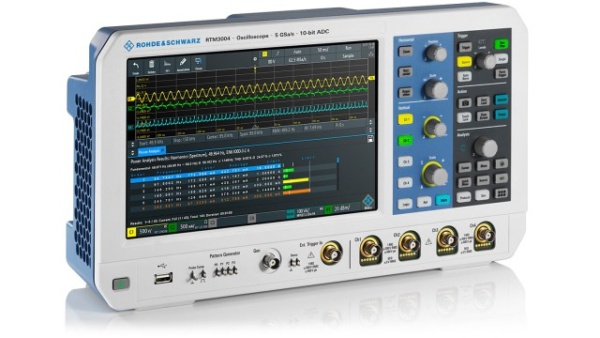

Connect switching diodes (D1 and D2) as input protection circuit to pin A0 of the Arduino’s ADC. Any external power supply for the board is not required as the board is powered by the USB only. The Arduino board connects to your laptop or PC via the USB cable. The PC scope set-up is quite simple and straightforward as shown in Fig. This gives an effective sampling rate of 12kSa/s. The Arduino sketch is coded to read the ADC using ISR, and the UART baud rate is configured at 115200, which sends data at 85µs intervals. The sampling speed of the oscilloscope is limited by the baud rate of the UART.

A Windows-based application developed using NI LabWindows opens up the virtual COM port and starts plotting signals visually using Graph libraries. A virtual COM port is created by Windows whenever the Arduino connects to the PC. The captured input signal is fed to UART via UART-USB converter in the Arduino to the PC. In the project, we use pin A0 to capture the input signal. The AVR microcontroller has an inbuilt ADC. For this project, you can use any variant of the Arduino as hardware. The Arduino board consists of Atmel’s AVR microcontroller, which can be 8-, 16- or 32-bit based on the type of the board. This application works as the front-end to plot input signals as waveforms on your computer screen. You also need to install an executable file or application in your Windows PC. We have provided here an Arduino sketch, which you can compile and load directly to the Arduino. The Arduino board, the heart of the oscilloscope, reads the values from its inbuilt analogue-to-digital converter (ADC) and pushes these to the PC via USB port. You can use this oscilloscope to capture frequency signals up to 5kHz. Here we describe how you can make your own oscilloscope at a very low cost using your PC and an Arduino board as the hardware for signal acquisition. PC based Oscilloscope score over standalone oscilloscopes due to their compact size, low cost and ability to do offline analysis. Oscilloscopes are an essential tool for electronics hobbyists and professionals to verify that their designs would work as expected.


 0 kommentar(er)
0 kommentar(er)
